10 Mysteries Surrounding The Great Pyramid of Giza
Standing majestically around five miles from the Nile River in Egypt, the Great Pyramid of Giza is a testament to human ingenuity. This 4,500-year-old marvel, with its intricate design and towering presence, has been a source of fascination and intrigue for archaeologists and researchers across the globe.
The Great Pyramid of Giza continues to captivate the minds of those who behold it. Yet, it remains shrouded in mystery. From the millions of blocks that form its structure to the enigmatic methods of its construction and its original purpose, the pyramid presents a puzzle that has yet to be fully solved. Here, we delve into ten of the most intriguing mysteries that surround this iconic landmark.
When Was the Pyramid Constructed?
The best estimates suggest the Great Pyramid of Giza was constructed by the Pharaoh Khufu sometime during the Old Kingdom period around 2500 BCE. However, evidence to prove this beyond doubt is somewhat limited.
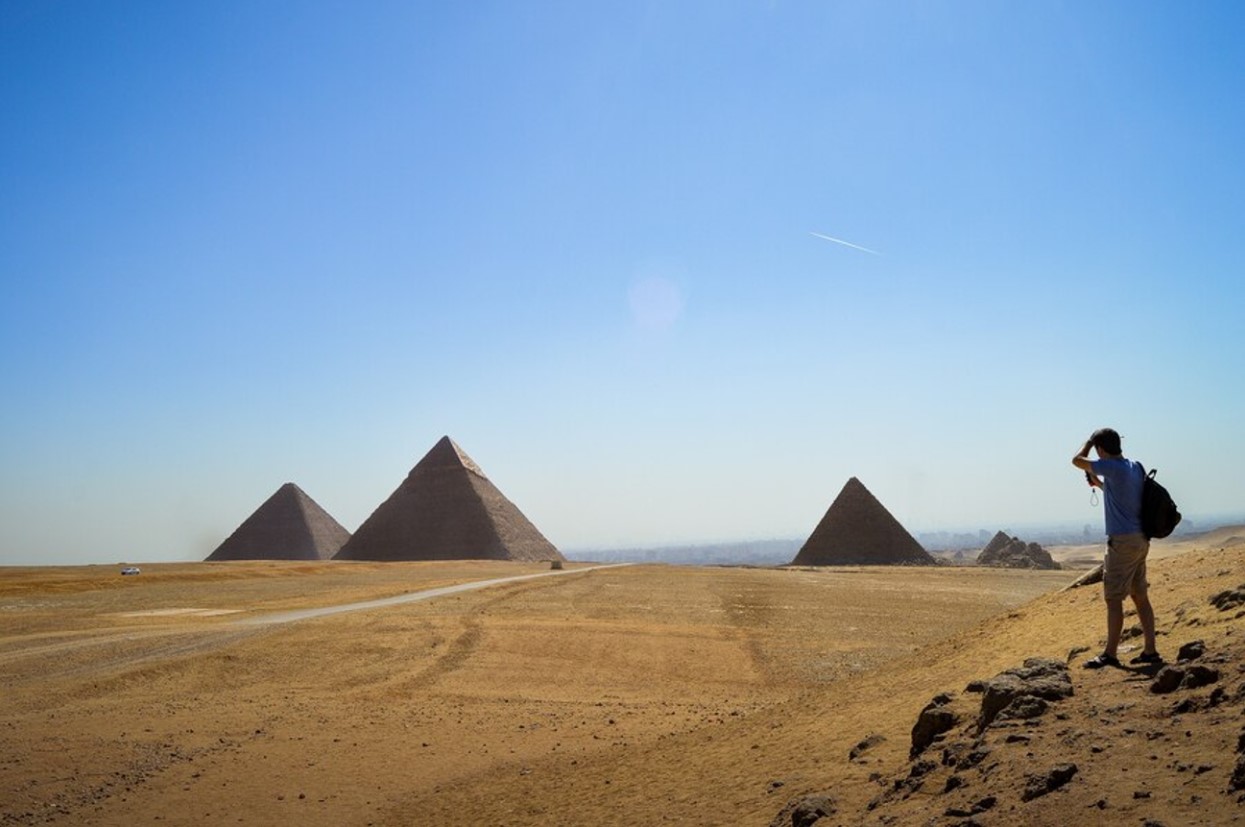
Source: Freepik
This theory has been challenged on several occasions, most notably by Robert Schoch, associate professor of Natural Sciences at Boston University. In 1992, he claimed water erosion marks at the Sphinx suggest it could be thousands of years older. Some have used this to suggest the Giza pyramid could be as much as 10,000 years old.
How Was the Pyramid Constructed?
The Great Pyramid of Giza comprises over 2.2 million blocks of sandstone, each weighing between two and 30 tons. Over the years, numerous theories have emerged about the method of construction, which involved lifting the stones and carefully placing them in precise locations.
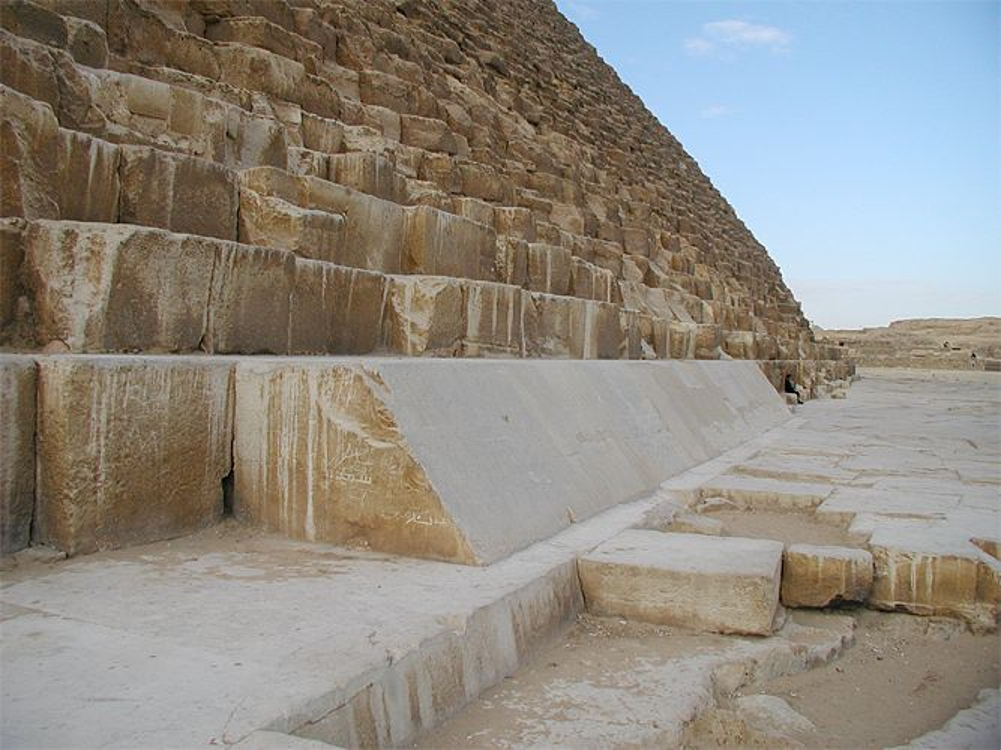
Source: Wikimedia
Two main theories have arisen over the years: the Ramp Theory and the Water Shaft Theory, both of which have flaws. Researchers are still unsure how the Great Pyramid was really built today.
Did Slaves Build the Pyramids?
One common theory about the construction of the Great Pyramid is that it was built by thousands of slaves. However, modern scholars generally rule this out.

Source: Wikimedia
Researchers now believe that paid workers from all over Africa and beyond, including quarry workers, masons, haulers, and architects, may have been brought in. But just how many workers it took remains a mystery.
Is the Great Pyramid Really a Tomb?
One of the greatest mysteries surrounding the popular Giza landmark is whether it really served as a tomb for the Pharaoh Khufu and his Queen mother, Hetepheres.

Source: Wikimedia
Despite centuries of study, the original purpose of the Great Pyramid of Giza remains a mystery. Like many Old Kingdom pyramids, no mummified bodies were found within its walls, sparking endless speculation about its true function since the advent of Egyptology.
No Hieroglyphs or Treasures Within the Great Pyramid
Unlike many New Kingdom burial sites, such as The Valley of the Kings, the Great Pyramid of Giza is free of hieroglyphs, and no treasures associated with any royal individual were discovered within.
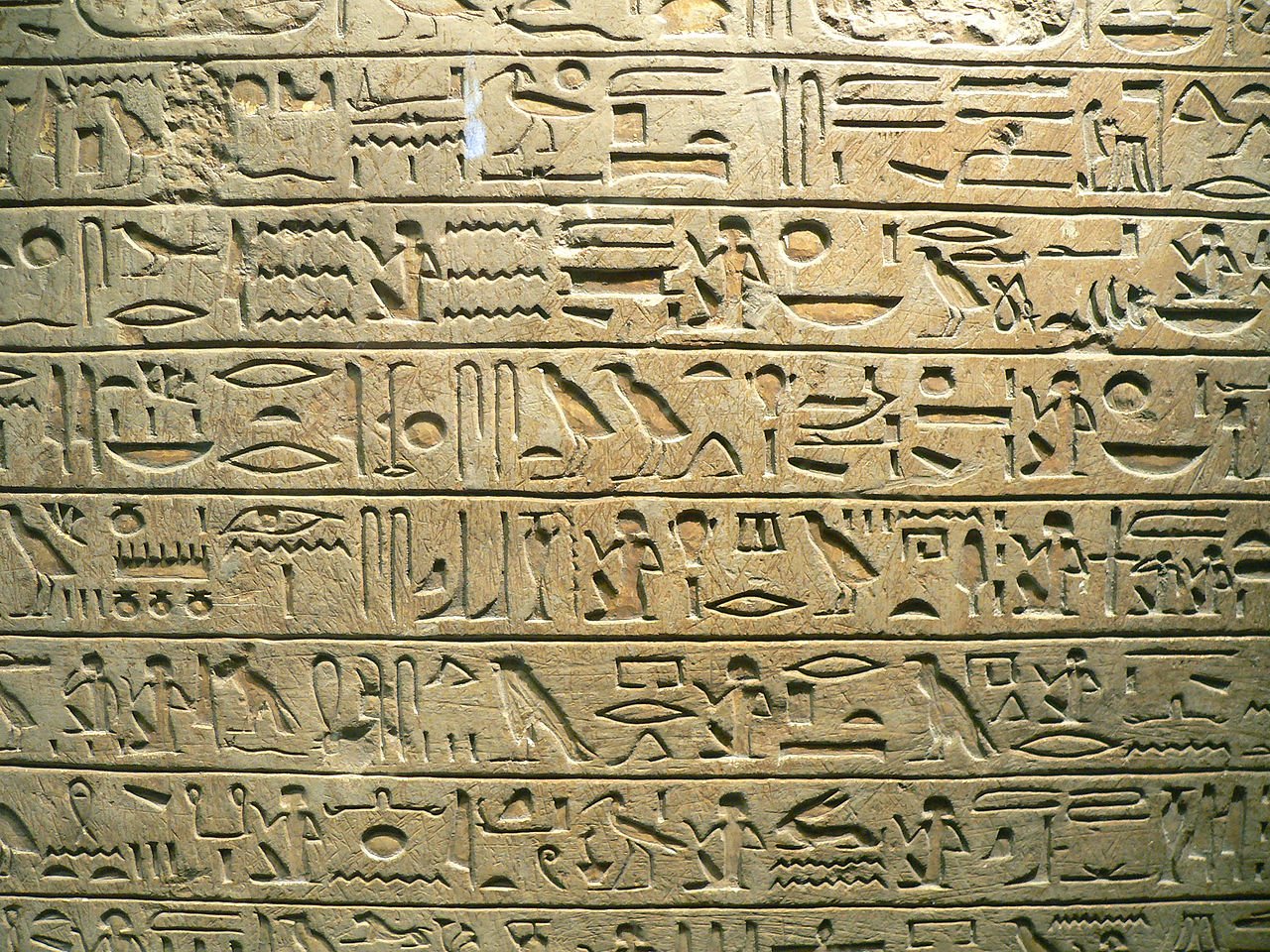
Source: Wikimedia
While some scholars have suggested cartouches and burial treasures didn’t come into prominence until the later dynasties, other researchers have taken this as evidence to suggest that the oldest pyramids were not built as tombs.
The Mysterious Passageways
Within the Great Pyramid of Giza has numerous unusually narrow passageways which have puzzled scholars for centuries. The largest of these tunnels is known as the Grand Gallery.
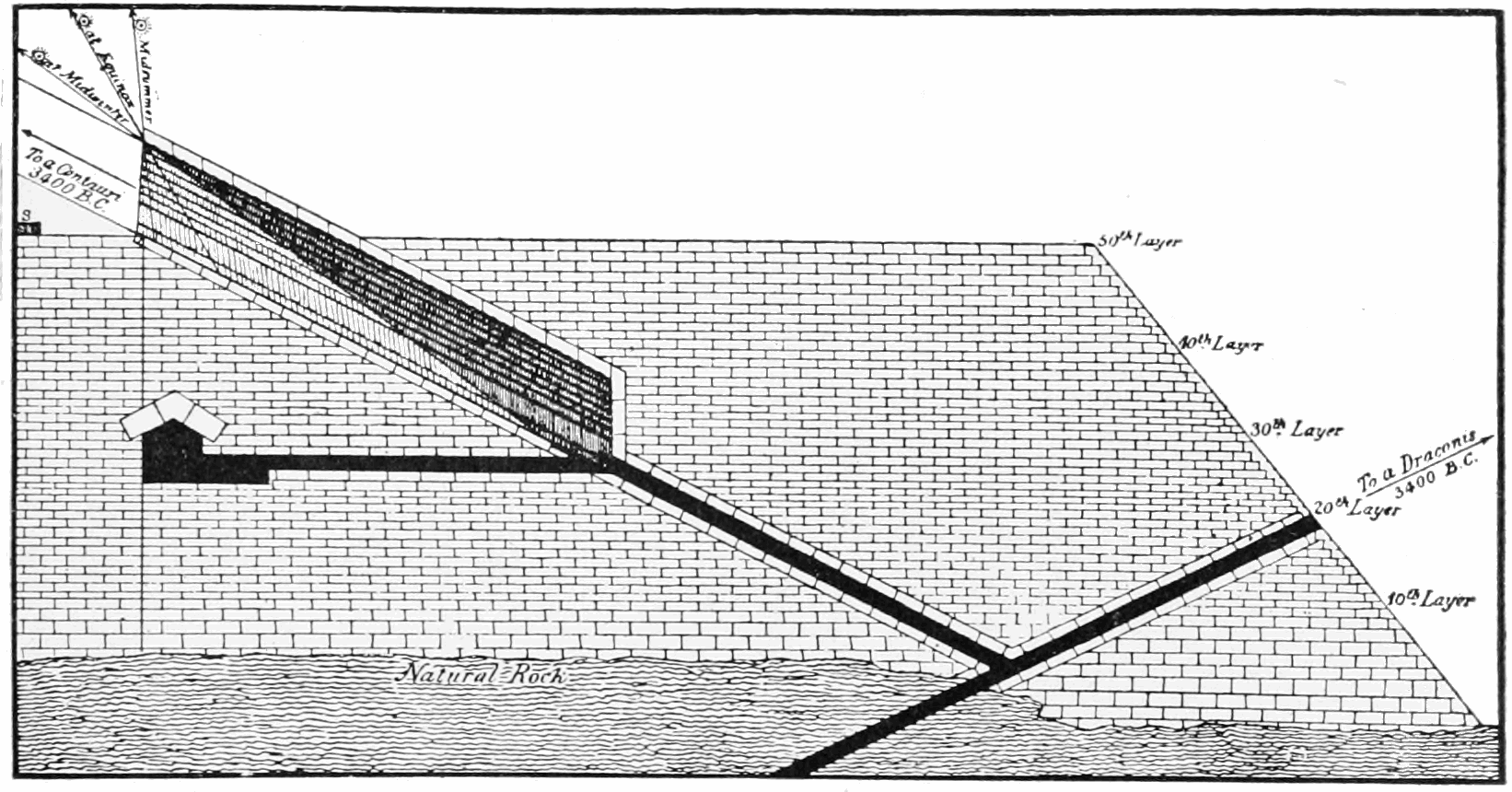
Source: Wikimedia
The hall is over 150 feet long, around seven feet wide, and 26 feet tall at its greatest height. While theories, including its use as a way to draw water away from a nearby chamber, have been proposed, the original use of this chamber is still up for debate.
Chambers Within the Great Pyramid
As equally fascinating as the passageways are, some argue the various chambers within the pyramid are even more mysterious. Two of the best-known are the King’s Chamber and the Queen’s Chamber.
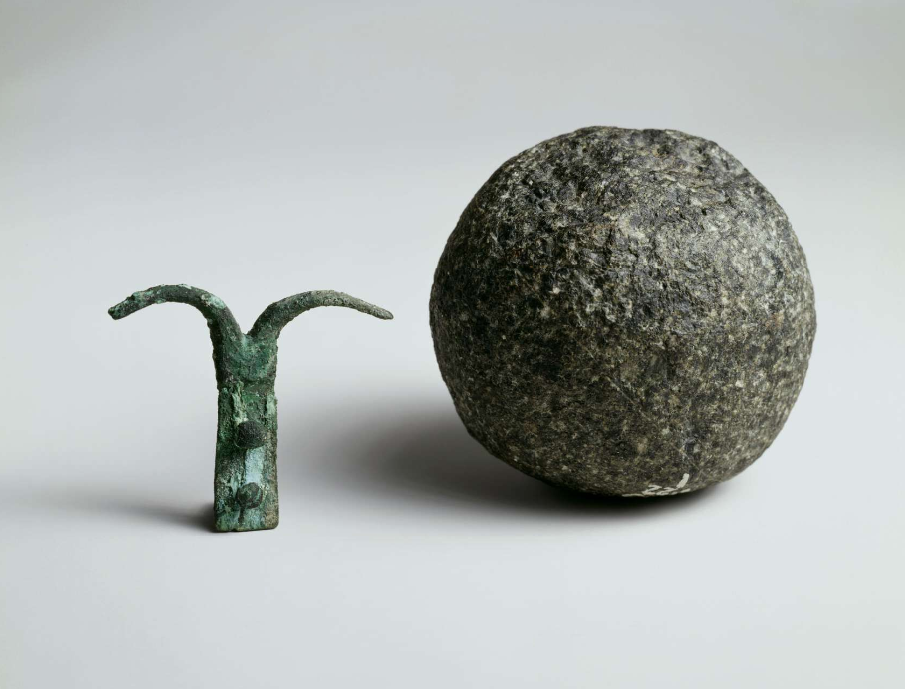
Source: British Museum
The King’s Chamber is constructed of enormous granite blocks, and in the middle sits an unusual granite box. The Queen’s Chamber, on the other hand, is made from limestone. According to records, three unusual items were discovered within a stone sphere, two wooden slats, and a copper object. Yet, there are no signs that it was used as a burial chamber.
The Great Pyramid Aligns With the Stars
In recent years, more and more independent researchers have questioned the narrative that the Great Pyramid was simply a tomb. Its complex nature and the sheer precision of the structure are both in terms of architectural design and its alleged alignment with the stars.
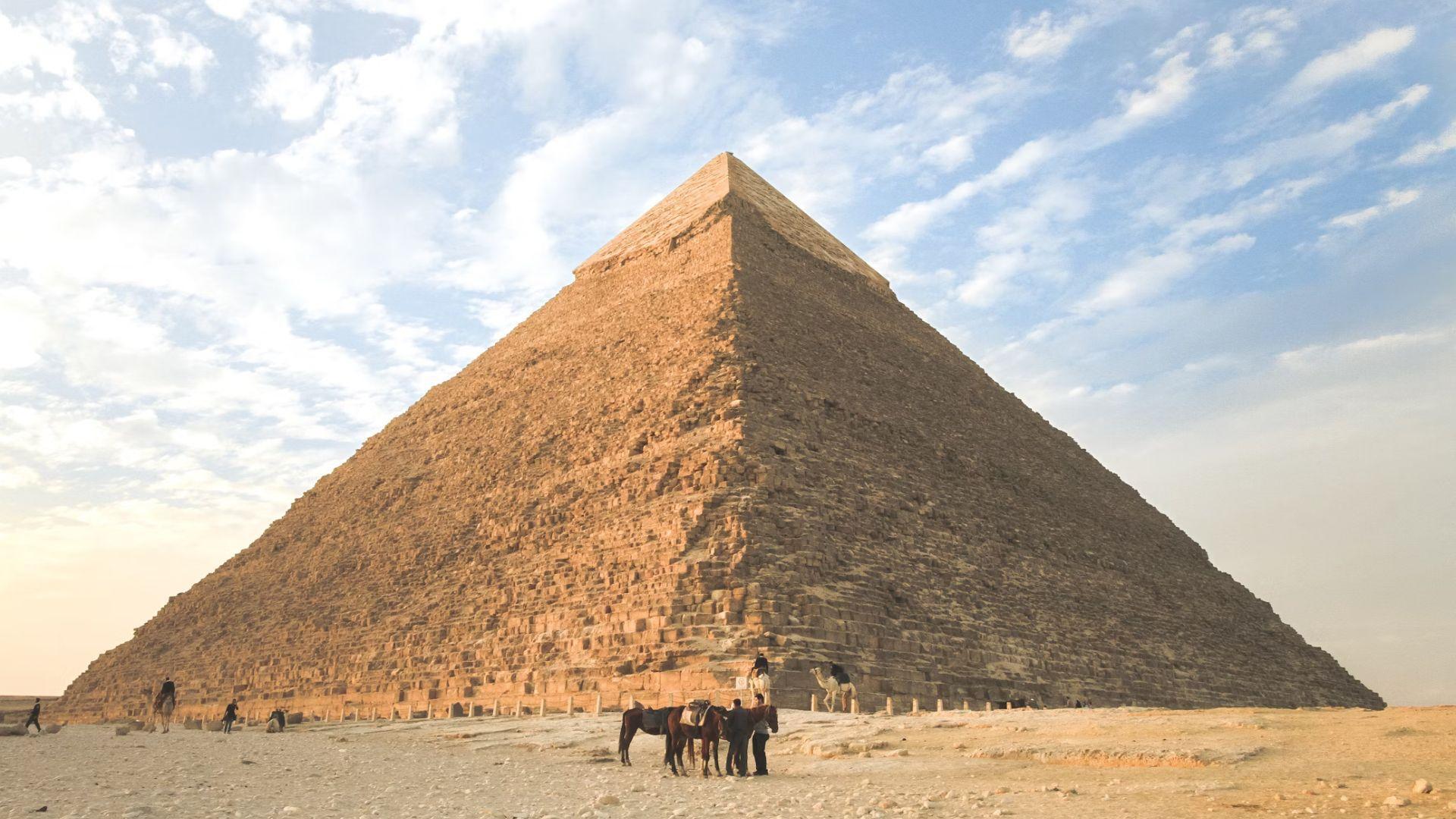
Source: Jeremy Bishop/Unsplash
According to one theory, the Great Pyramid was once perfectly aligned to the Orion constellation. However, as stars move over long periods of time, the stars gradually shift away from the Pyramid. The Giza structure is also almost perfectly aligned to true north, i.e. towards the North Star, Polaris.
Did the Great Pyramid Have a Golden Cap Stone?
Those who visit the Great Pyramid today will notice that its peak is flat. According to theories, this is because, at a distant point in the past, the Giza Pyramid, along with many others, was topped with a golden capstone.

Source: Jingming Pan/Unsplash
While there is no real evidence to suggest folklore and legends from the surrounding region suggest that, at a distant point in the past, the landmark did, in fact, have a golden cap, further adding to the mysterious nature of this structure.
Polished Limestone Casing
Today, all that remains of the Giza pyramid are the inner stone blocks, which make up the bulk of the structure.
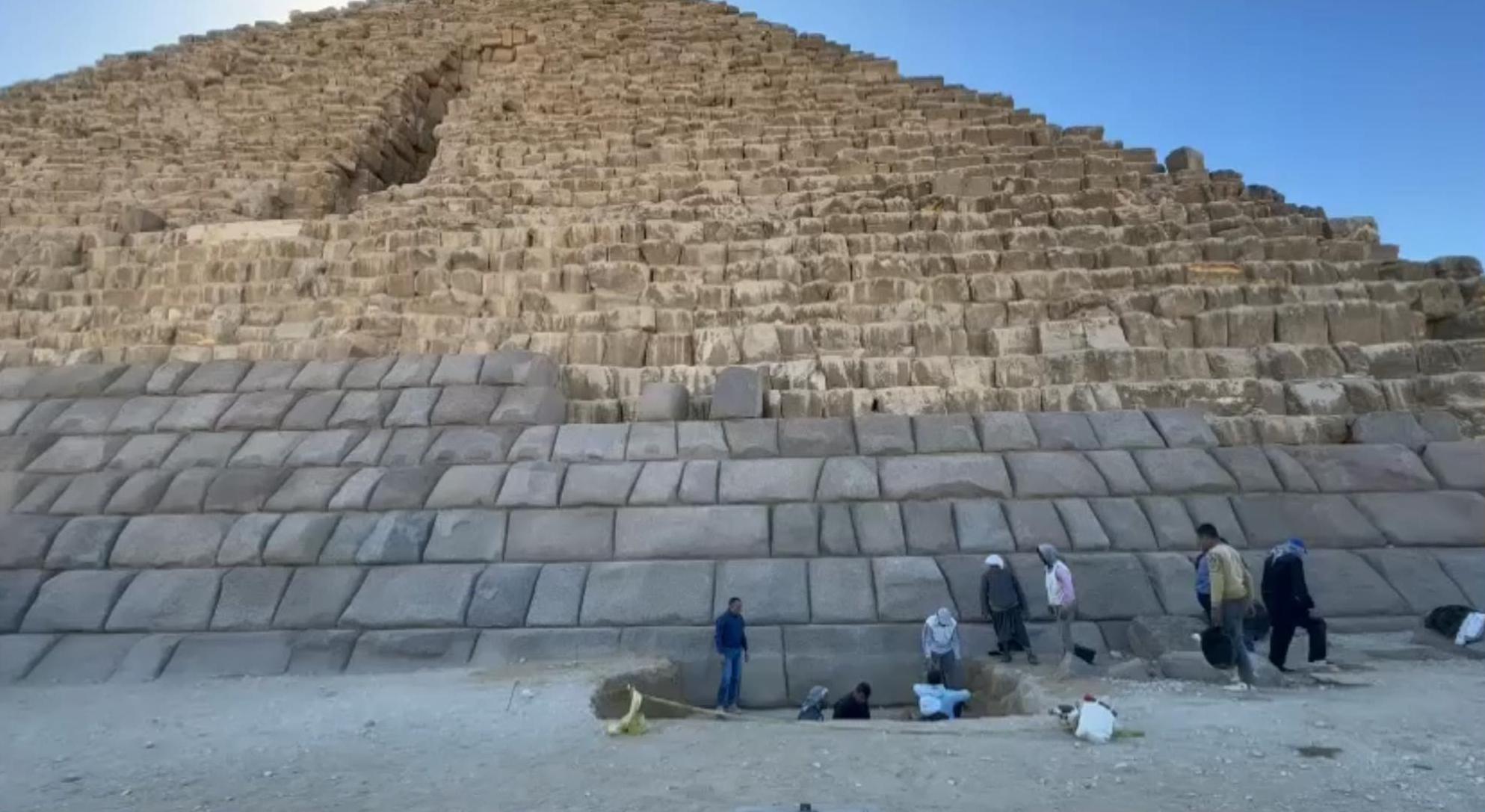
Source: Walk Into Egypt/Facebook
However, at a distant point in the past, the entirety of the structure was once encased in limestone, which had been polished to a fine degree. The finished product would have glistened like a mirror in the desert. The purpose of completing such a monumental task is still unknown.
The Pyramid Can Concentrate Energy Within its Chambers
A team of international researchers made headlines back in 2018 when they discovered “that in the resonant state, the pyramid can concentrate electromagnetic energy in its internal chambers as well as under its base, where the third unfinished chamber is located.”

Source: Freepik
While this has led to outlandish theories centered on aliens constructing the pyramid, researchers involved in the discovery have suggested it could revolutionize our understanding of the capabilities of ancient peoples and their understanding of electromagnetic energy.
